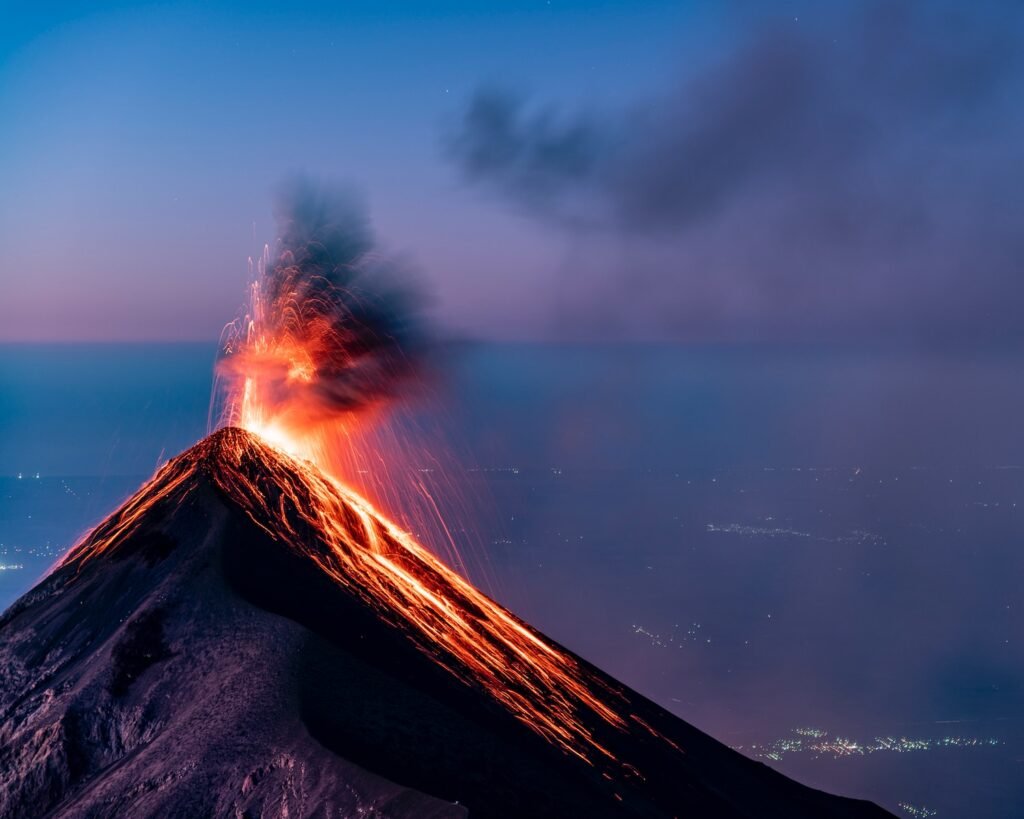The Impending Threat to Mammal Extinction
The future of mammal species across the planet is facing a formidable challenge in the form of volcanic Pangea Ultima. This theory proposes a drastic geological shift that could have catastrophic consequences for the survival of many mammal species. As scientists explore the potential ramifications of this phenomenon, concerns about habitat loss, climate change, and extinction patterns from Earth’s history come to the forefront. In this article, we will delve into the details of the volcanic Pangea Ultima theory, its implications for mammals, and the urgent need for evolving conservation strategies to mitigate the risk of mammal extinction.

Understanding the Volcanic Pangea Ultima Theory
The volcanic Pangea Ultima theory suggests that Earth’s continents will eventually merge into a supercontinent, resembling the ancient Pangea, due to ongoing tectonic plate movements. This hypothetical future landmass would be characterized by increased volcanic activity and dramatic shifts in the Earth’s landscape. While this theory is speculative, its potential for reshaping ecosystems cannot be ignored.
Geological Shifts and Implications for Mammals
The geological shifts associated with Pangea Ultima would bring about significant changes in mammalian habitats. Mountain ranges would rise and fall, altering climatic patterns and limiting migration routes. These changes would create barriers for mammal species, obstructing gene flow and leading to population isolation. Moreover, the disruption of established ecosystems would threaten the delicate balance between predators and prey, further jeopardizing mammal survival.
Examining the Extinction Patterns in Earth’s History
By studying the extinction patterns in Earth’s history, scientists have recognized the devastating impact of geological events on mammal populations. Mass extinctions triggered by volcanic activity, asteroid impacts, or climate change have led to the disappearance of numerous mammal species. Drawing lessons from these past events is crucial to understanding the potential consequences of Pangea Ultima.
The Role of Volcanic Activity in Past Mass Extinctions
Volcanic eruptions release vast amounts of ash, gases, and aerosols into the atmosphere, altering global climate patterns. Such eruptions can induce long-lasting periods of darkness and cooling, disrupting ecosystems and causing widespread extinctions. The Permian-Triassic extinction event, for example, is believed to have been triggered by massive volcanic activity, resulting in the loss of approximately 96% of all marine species and 70% of terrestrial vertebrates.
Potential Consequences of Pangea Ultima on Mammals
If the volcanic Pangea Ultima theory were to become a reality, mammals would face a multitude of challenges. Increased volcanic activity would lead to acid rainfall, widespread fires, and toxic gases, directly impacting mammal populations. The alteration of habitats and the disruption of food chains would place additional stress on mammals, pushing some species to the brink of extinction.
Assessing the Vulnerability of Mammal Species
Not all mammal species would be equally vulnerable to the effects of Pangea Ultima. Some species with specialized habitat and dietary requirements, as well as those with limited ranges or small populations, would be at higher risk. An in-depth assessment of the vulnerability of different mammal species is necessary to prioritize conservation efforts and allocate resources effectively.
Habitat Loss and Fragmentation: A Major Concern
One of the most significant concerns arising from Pangea Ultima is the loss and fragmentation of mammal habitats. As tectonic plates shift and mountains form, previously continuous habitats would break apart. This fragmentation would isolate populations, reducing genetic diversity and making them more susceptible to extinction. Protecting and restoring habitat corridors will be essential to maintaining connectivity for mammal species.
Climate Change Amplified by Pangea Ultima’s Effects
The geological shifts caused by Pangea Ultima would amplify the effects of climate change on mammal populations. Rising temperatures, changing precipitation patterns, and altered habitats would place additional stress on already vulnerable species. Adaptation to these rapid environmental changes will be a significant challenge, requiring innovative conservation strategies and international cooperation.
Evolving Conservation Strategies for Mammal Survival
To mitigate the risk of mammal extinction in the face of Pangea Ultima, conservation strategies must evolve. Efforts should focus on identifying and protecting critical habitats, promoting habitat connectivity, and implementing species-specific conservation plans. Furthermore, proactive measures such as captive breeding programs, reintroduction initiatives, and the establishment of protected areas will play a crucial role in safeguarding mammal populations.
Importance of International Collaboration in Efforts
Addressing the threat of mammal extinction due to Pangea Ultima requires international collaboration. Governments, conservation organizations, and scientists from around the world need to join forces to share knowledge, coordinate conservation efforts, and establish transboundary protected areas. By working together, we can enhance the chances of mammal species surviving this impending threat.
Scientists’ Efforts to Mitigate Mammal Extinction Risk
Scientists are actively researching the potential impact of Pangea Ultima on mammal species and developing strategies to mitigate the risks. Through advanced modeling techniques and field studies, they aim to identify regions of high conservation value, predict habitat shifts, and assess the effectiveness of different conservation interventions. Their dedication and expertise will be crucial in ensuring the survival of mammal populations in the face of this imminent threat.
Nurturing Hope for Mammal Survival
As the possibility of volcanic Pangea Ultima looms, the risk of mammal extinction becomes a pressing concern. Understanding the theory, examining historical extinction patterns, and assessing vulnerabilities are essential steps towards developing effective conservation strategies. By prioritizing habitat protection, international collaboration, and innovative approaches, we can nurture hope for the survival of mammal species in a future shaped by Pangea Ultima. It is imperative that we act now to secure a future where our planet’s rich diversity of mammalian life continues to thrive.